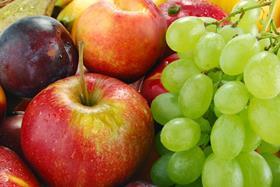
A tiny proportion of primary schoolchildren’s packed lunches meet the nutritional standards set in school canteens, a new study has found.
Published yesterday (5 September) alongside the start of the new school year, the study by the University of Leeds found that less than a fifth (17 per cent) of lunches contained any vegetables or salad. More than half (52 per cent) contained too many sweet snacks.
In total only 1.6 per cent of packed lunches for primary schoolchildren met the standards set for classmates eating in the school canteen.
Researchers said tougher policies are needed, as the lunchbox findings come despite high-profile awareness campaigns about healthy eating.
Lead researcher Charlotte Evans said: “I hope the results of the study are an eye-opener, highlighting that more stringent policies need to be introduced if we want to see real change in the nutritional value of children’s packed lunches.
“New policies for schools, food manufacturers and retailers are needed, which will require strong support from government and stakeholders if progress is to be made.”
The research was commissioned by margerine brand Flora as a follow up to a 2006 study by the University, which found that only 1.1 per cent of children’s packed lunches met standards for school food. This study found an improvement of 0.5 per cent in 10 years.
However, there has been a considerable reduction in the consumption of sweetened drinks (46 per cent in 2016 versus 61 per cent in 2006).
Chair of the all-party parliamentary group for school food, Sharon Hodgson MP, said: “The research highlights the need for more action to be taken on food put in children’s packed lunches, something which the School Food APPG has recently called for.
“Despite positive moves with regards to the food provided as part of a school meal, food brought in by children in their packed lunches is lagging behind. Therefore we need more action to be taken if we want to see positive changes occur.”



